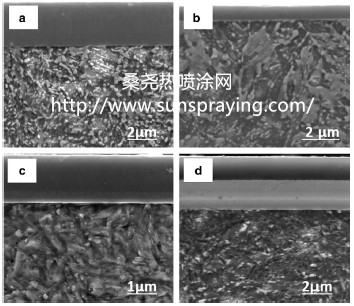Lubricants used in various tribological applications are usually formulated with additives for optimal performance. The commercial oil lubricants consist primarily of a basestock and an additive package. The basestock can be mineral-oil based or syntheticoil (such as poly-alpha-olefin (PAO), ester or polyol) based. Additives normally account for 4–10% of the total weight in fully formulated lubricants. Most of the efforts in terms of lubricant formulation are devoted to producing the right combination of basestock and additives with a particular or desirable functionality. Although there are many different types of additives, they can be divided into four major functional categories: (1) Additives for lubricity; such as anti wear additives used to reduce wear, friction modifier additives used for friction control and extreme pressure additives used to prevent catastrophic failure under high severity contact conditions. (2) Additives to control chemical breakdown; such as antioxidant additives to retard the degradation of the oil by air via oxidation, corrosion inhibitor additives used to retard oxidation of the metallic surfaces in contact, and detergent additives used to clean and neutralize oil impurities. (3) Additives for contaminant control; this group includes dispersant additives to keep contaminants suspended in the oil and prevent them from coagulating. (4) Additives for viscosity control; such as viscosity modifier additives used to keep viscosity higher at elevated temperatures. In lubricated tribological contacts, different regimes of lubrications occur depending on the severity of the contact and the properties of the lubricant. In hydrodynamic regime the surfaces of the two components in contact are completely separated by lubricant fluid film. In elasto-hydrodynamic (EHD)/mixed regime there is some limited interaction between the surface materials of the tribological contacts. The interactions are mostly elastic in this regime, hence it is called EHD. Boundary regime is characterized by high severity contacts and extensive interaction between the surface materials, the so-called metal-tometal contact. In this regime, friction and wear are higher than in other regimes and the lubricant additives play an important role. Additives in the lubricant interact with the surface material to produce a tribochemical film also known as boundary film. Depending on the nature of the additives, the resulting film can have different properties (e.g. low friction and wear resistant). Under hydrodynamic and EHD lubrication regimes, friction and wear are mostly determined by the lubricant fluid film properties. Under boundary lubrication regime, friction and wear are determined by the simultaneous shear of the fluid film, boundary film and the near surface material.

本文由桑尧热喷涂网收集整理。本站文章未经允许不得转载;如欲转载请注明出处,北京桑尧科技开发有限公司网址:http://www.sunspraying.com/
|

